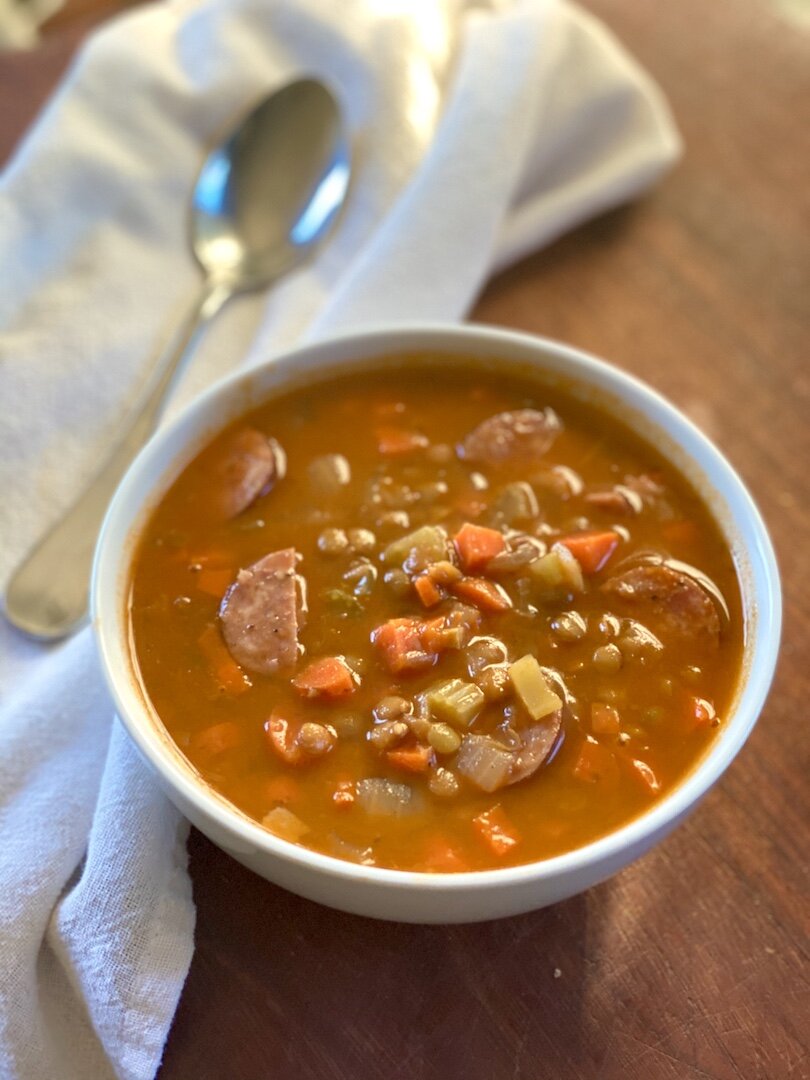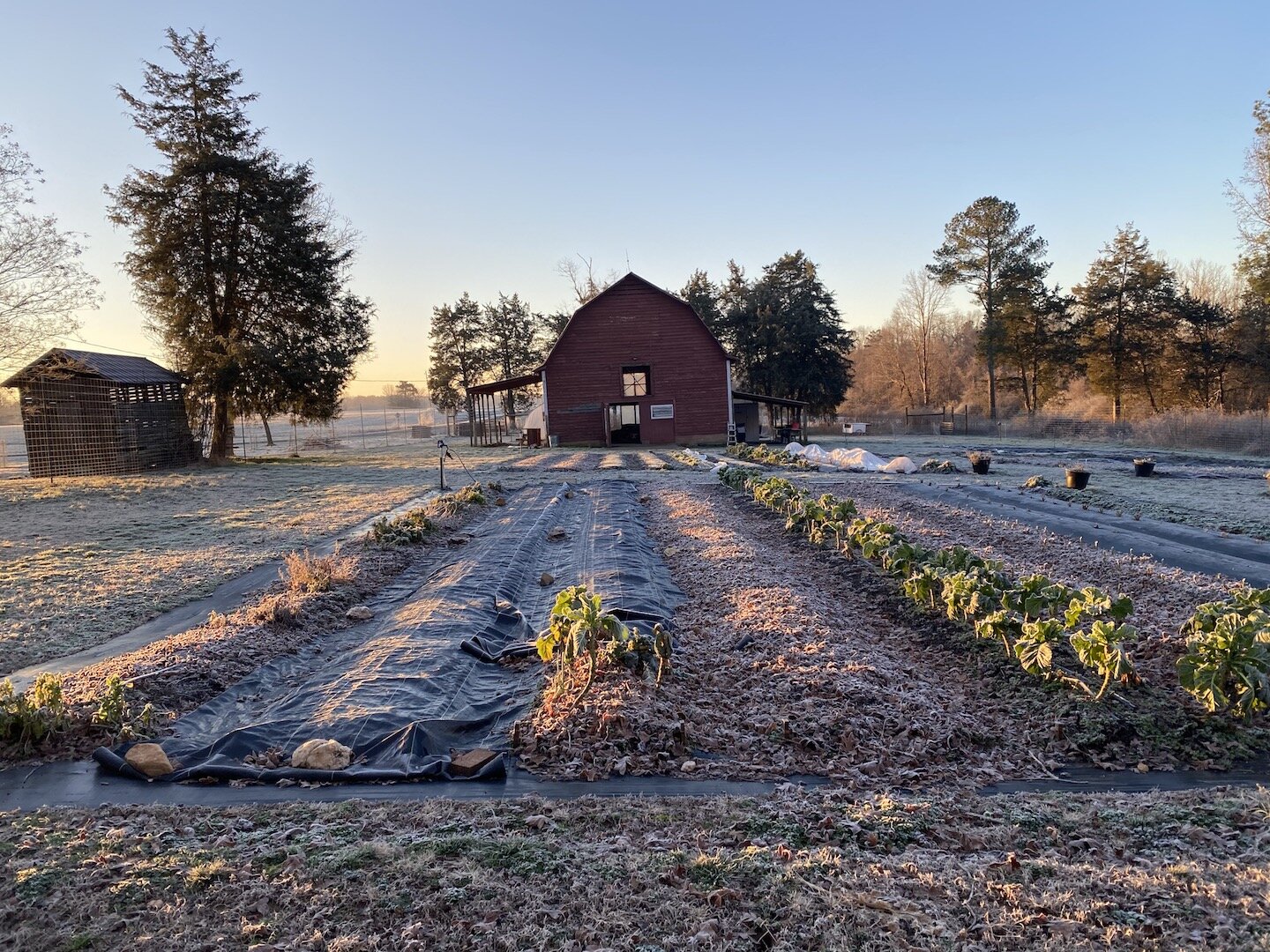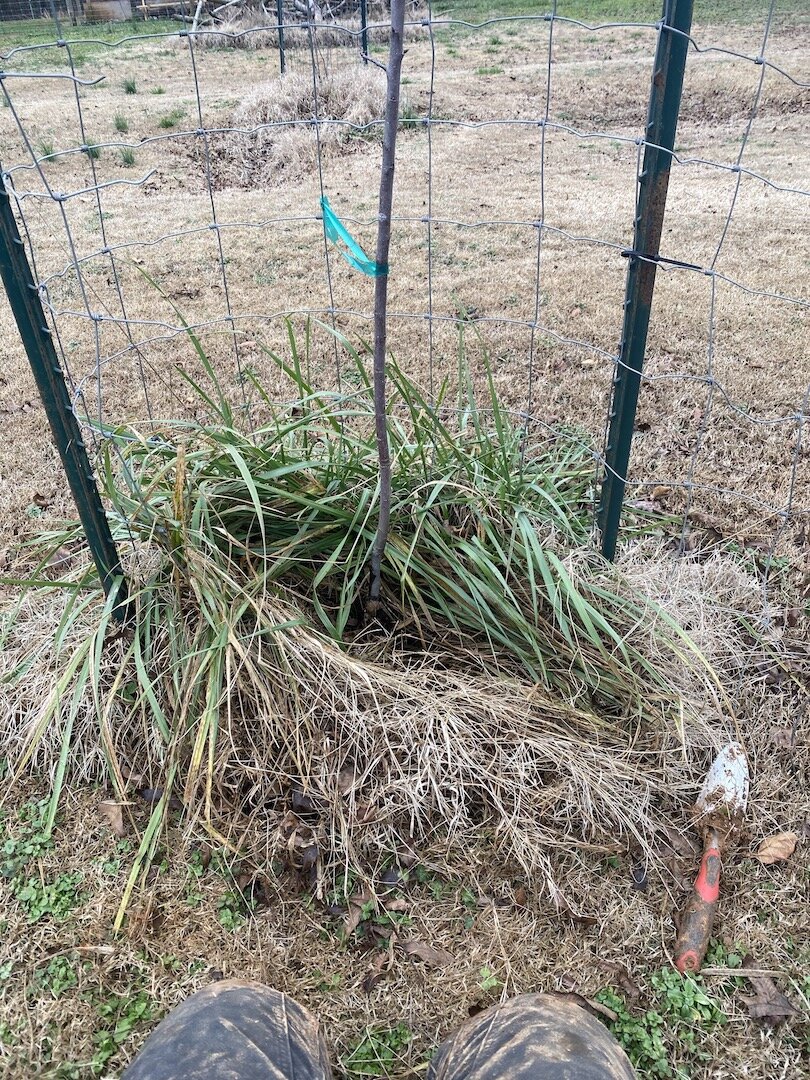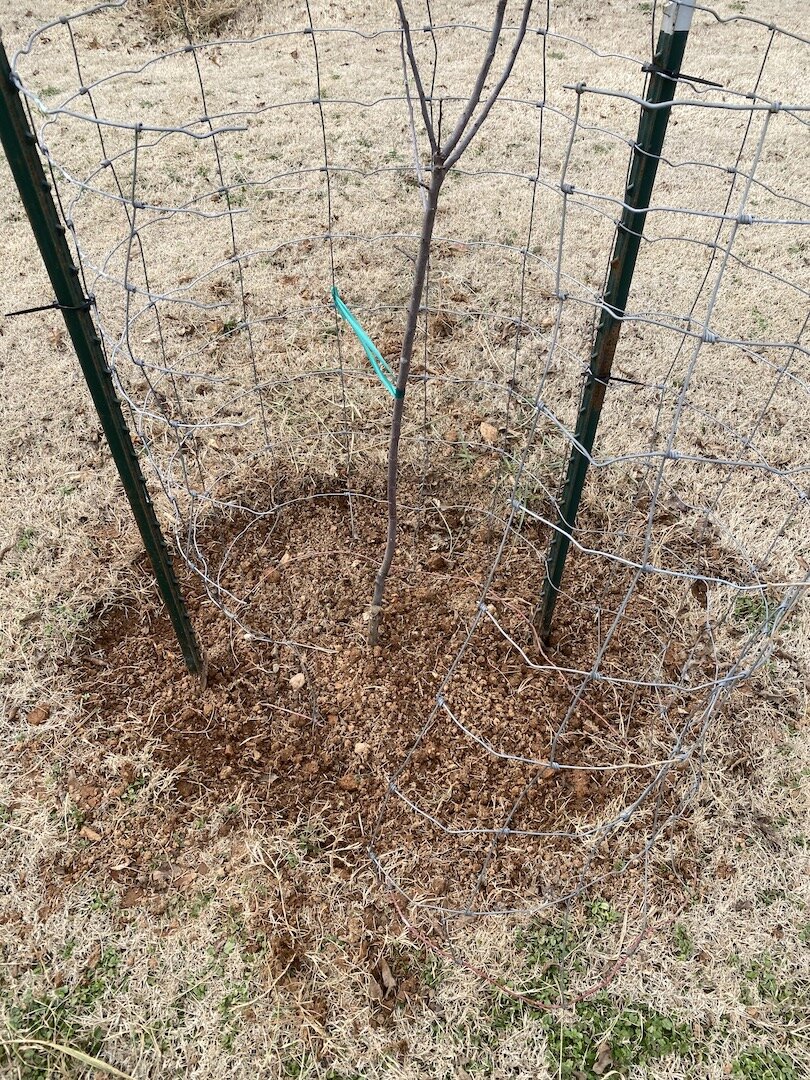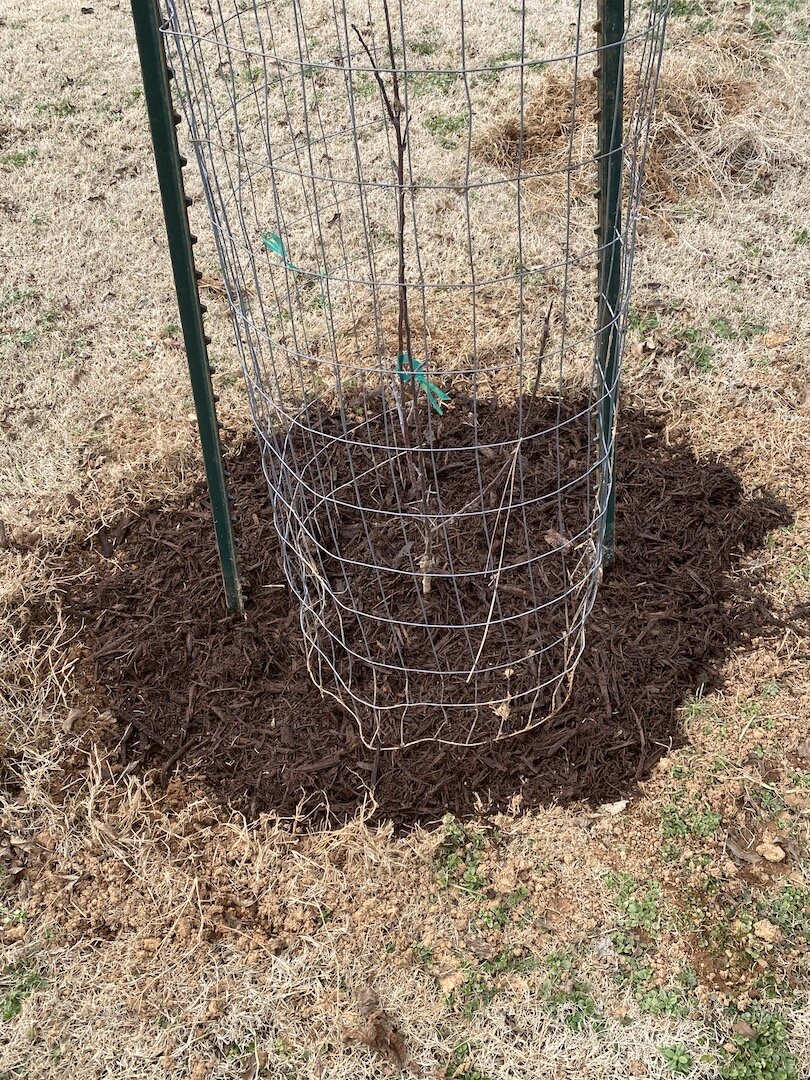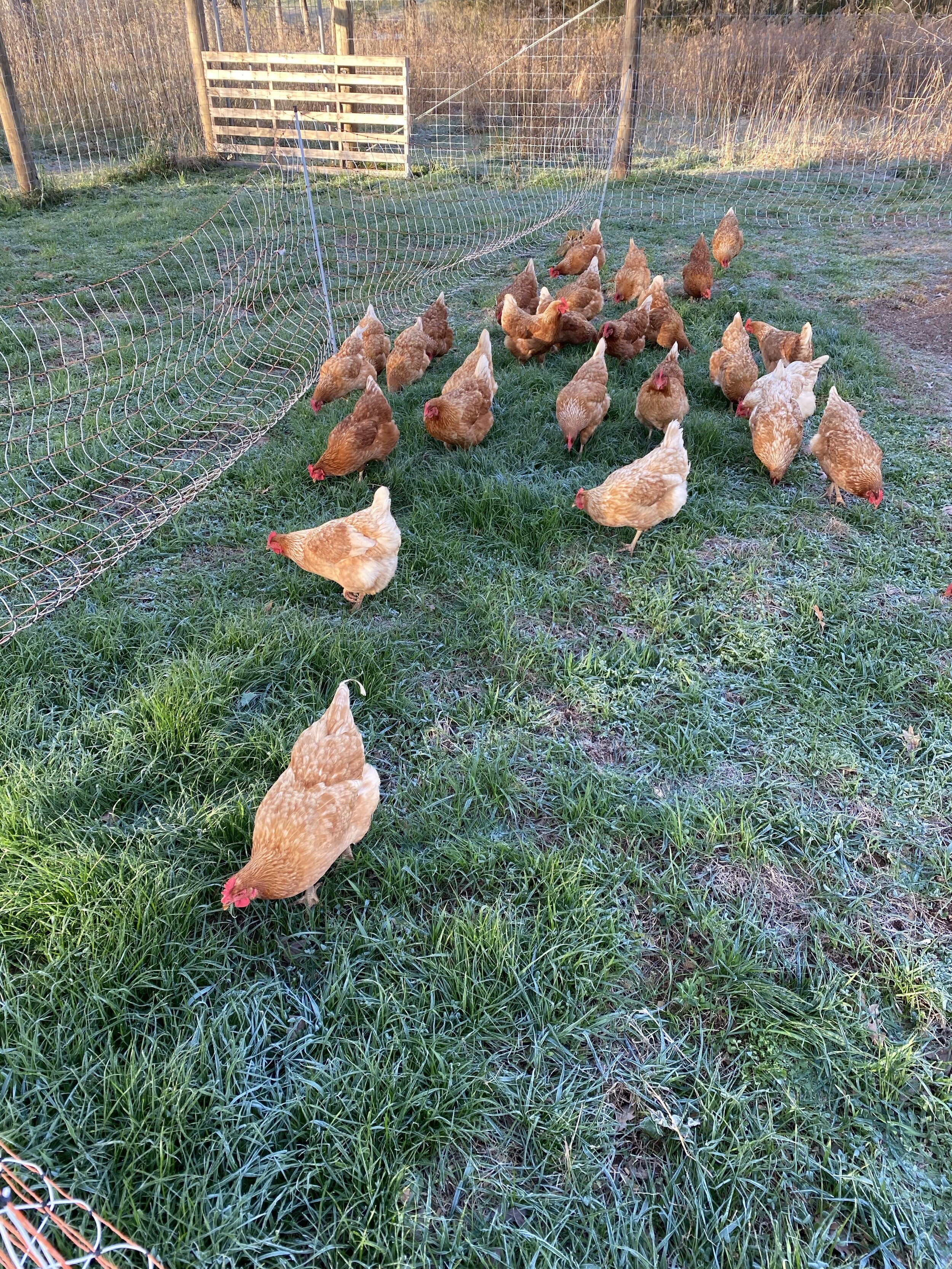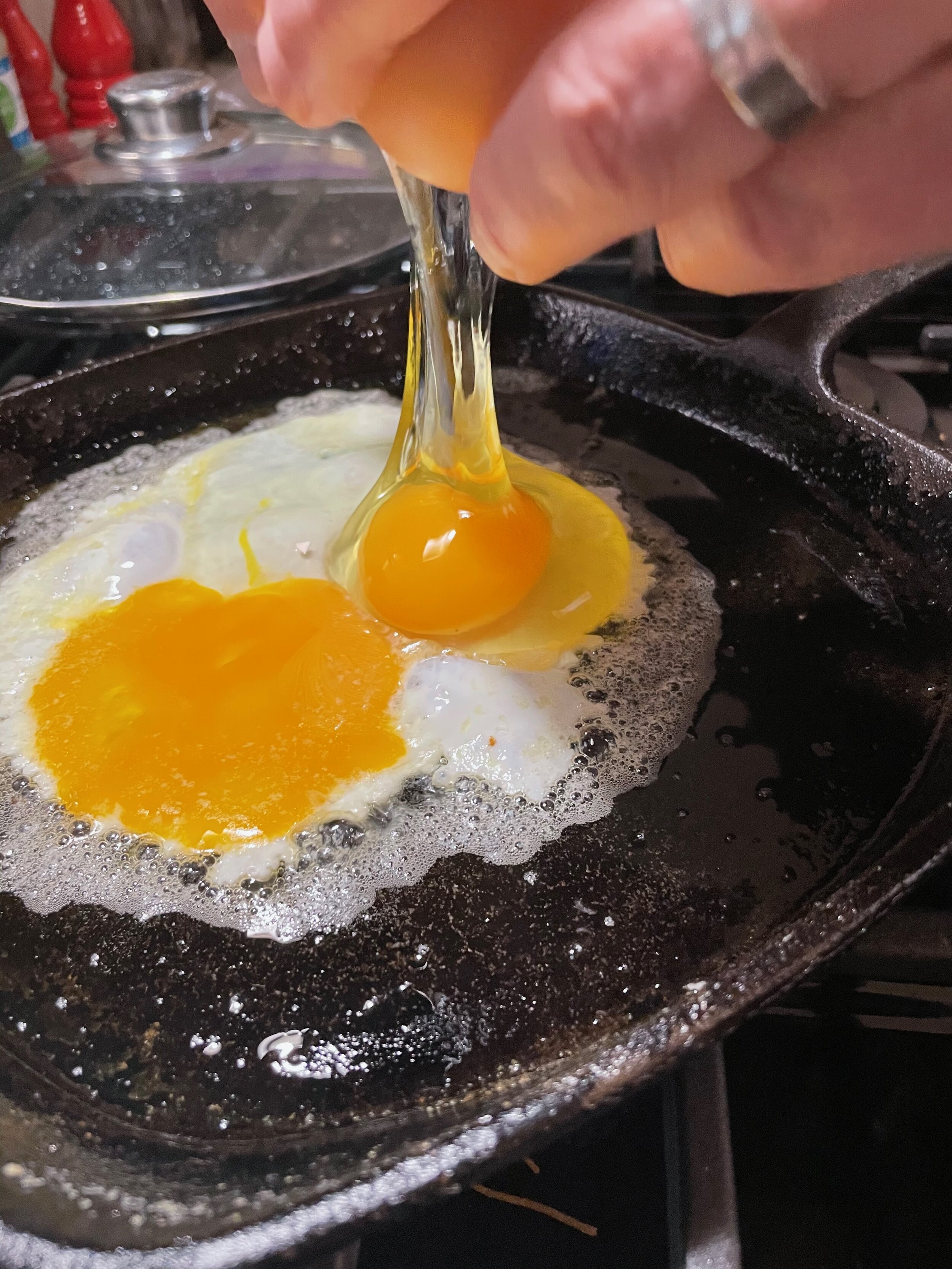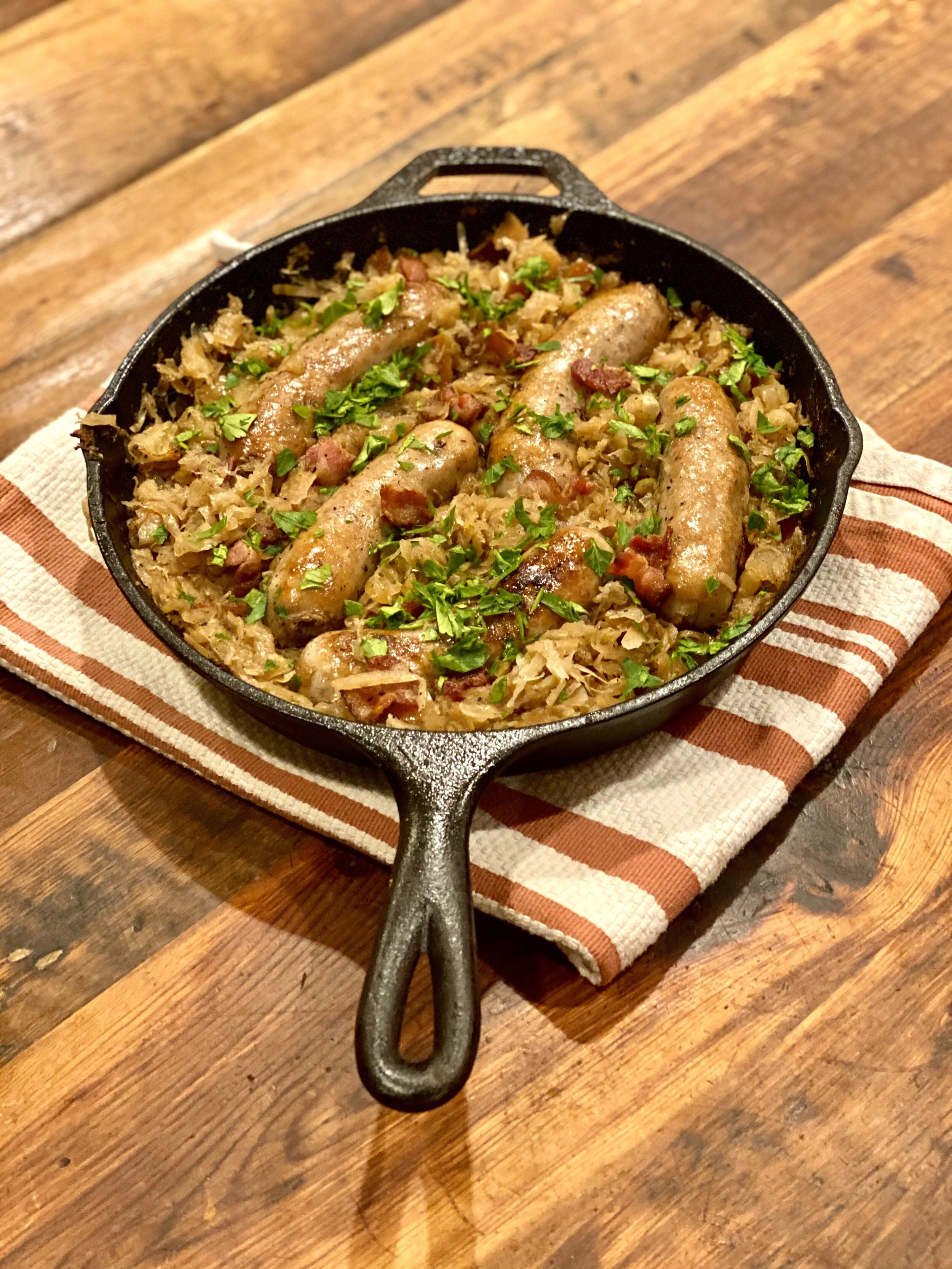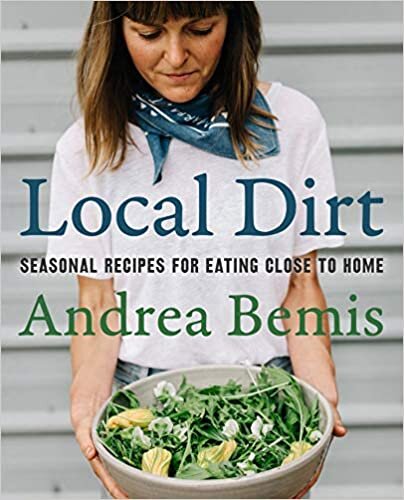Farm Notes
Over the weekend, Matthew and I did a bit more work on our second caterpillar tunnel. At this point, the only step remaining is stretching the plastic over the frame and securing it down. Erin and I will finish this last step Thursday morning, and then by the afternoon (when the forecast is calling for lots of rain) we will be able to stay dry and work inside the tunnels prepping the beds for planting.
In other news…. the most exciting thing that happened today was when I went to put my foot into my boot, which I quickly realized was filled with almonds. Yes, almonds. Why would my boot be filled with almonds, you ask? Well, I’ve lived in this 100 year old farmhouse long enough to know exactly who the culprit is… mice! Yep. Mice are notorious for packing away nuts and seeds (and honestly, whatever they can find) and storing them in closets, shoes, etc for later. One time, we even found a small mound of dog food stashed away inside the back corner of our oven. That was weird. We do set traps, which helps, but every now and then (especially in the winter) something strange like this will happen and we’ve learned to live with it (sorry mom). ;)
Later this week I’ll also be starting some seeds for our mini indoor greenhouse, so I’ll be sure to share some photos and resources about my method with y’all, as I know many of you are also planning to start your own seeds this year. Spring is around the corner!
Kitchen Notes
While I don’t reeeally care about sports / the superbowl, I never say no to an excuse to whip up some good food! So while it was just a party of two this year (ie Matthew and me), yesterday we made a feast of different snacks, dips, and some White Bean Chicken Chili to enjoy while I pretended to watch the football game. ;)
So let’s just focus on the chili, shall we? The recipe is below, but first I'm sharing a few quick tips for layering complex flavors into simple, nourishing soups.
The key to elevating a dish is layering flavor throughout the cooking process – so here are four tips for the next time you pull out your soup pot:
IT ALL BEGINS WITH AN ONION. Plain and simple – something magical happens when onions are softened in butter and/or olive oil. When sautéing onions, make sure the butter or oil is hot and sizzling before you toss in the onions, and add a pinch of kosher salt to pull out some moisture. As the onions begin to turn translucent and begin to caramelize, use a flat wooden spoon to scrape up and spread out those slightly browned bits (that's where all the flavor lives)!
TOAST YOUR AROMATICS. Once your onions are softened and golden, it’s time to add your minced garlic, spices, and/or dried herbs. Continually stir and toast the spices over medium heat for a minute or so before adding any additional liquid - you're building another key layer of flavor here!
ADD SOME FLAVOR BOOSTERS. The next time you have an extra rind of parmesan cheese hanging around, don't throw it away! I keep a ziplock bag in my freezer full of extra parmesan bits, because they are a dreamy addition to simmering soups. I throw in the rinds whenever I add the broth, as it adds creaminess and depth without overpowering the other flavors. Other go-to flavor enhancers for soups is a bit of acid - my favorites are lemon juice and apple cider vinegar, which add a little zip to an otherwise ho-hum soup.
FINISH WITH FRESH HERBS. This soup wouldn't be the same without a few handfuls of chopped parsley tossed in just before serving. If you're going to add fresh herbs, make sure to do it at the end of cooking, as fresh herbs have a more delicate flavor, which can get lost if added too early. Basil, cilantro, dill, and chives are some of my other favorite herb garnishes to kick a dish up a notch.
Alright, time now for the recipe!
WHITE BEAN CHICKEN CHILI
INGREDIENTS
2 tablespoons olive oil
2 yellow onions, diced
1 can (4-oz) diced mild green chiles
2 tablespoons ground cumin
1 tablespoon dried oregano
Kosher salt
1/4 teaspoon crushed red pepper flakes
4 cloves garlic, minced
4-5 carrots, chopped in 1/4-inch rounds
1 lb small red potatoes, washed and quartered
3-4 lb cooked rotisserie chicken, meat removed and shredded
5-6 cups chicken broth (or you can just use water)
3 15-oz cans white beans
Handful of freshly chopped parsley
Shredded parmesan cheese (optional)
Plain greek yogurt (optional)
INSTRUCTIONS
Heat olive oil over medium-high heat in a dutch oven or large saucepan. This recipe makes a lot of soup, so be sure to use a big pot! I usually use my 5.5 quart dutch oven. Add the diced onions and a pinch of kosher salt and cook until translucent and beginning to brown, stirring occasionally, 4-5 minutes.
Stir in the can of diced green chiles and cook for 2 minutes, stirring occasionally. Add the cumin, oregano, red pepper flakes, garlic and 1 teaspoon kosher salt and cook for 1-2 minutes, until fragrant. Stir in the carrots and potatoes, coating them in the spices.
Pour in the chicken broth (or water), bring to a boil, then lower the heat and gently simmer - partially covered and stirring occasionally - until the potatoes and carrots are tender, 15-20 minutes. Next, add the shredded chicken and white beans (I usually add the beans with their liquid, which gives the soup extra body), heat for until warmed through, 5-10 minutes. Taste and add more kosher salt to taste, and thin with more broth (or water) if needed.
Turn off the heat and let the soup sit for 15-20 minutes to let the flavors meld together. Reheat if needed and serve topped with chopped parsley and shredded parmesan. This may sound weird, but I also love eating this with a dollop of tangy plain greek yogurt!
Today’s Stats
Low temp: 26F
High temp: 50F
Sunrise: 7:11am
Sunset: 5:52pm
Moon phase: Waning Crescent
Additional notes: Hard frost in the morning, clear skies and sunny all day.


































